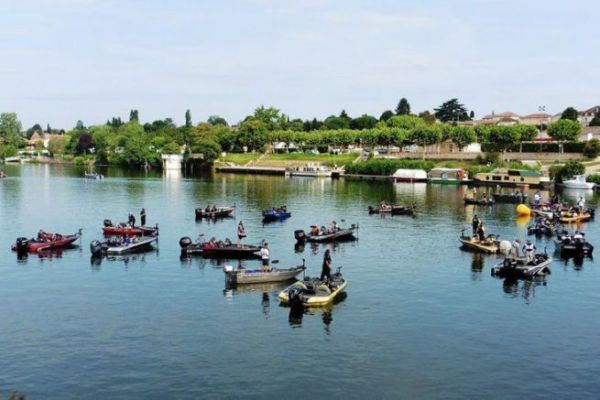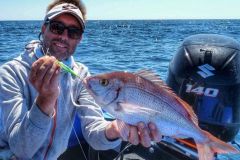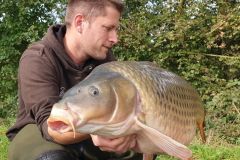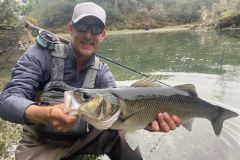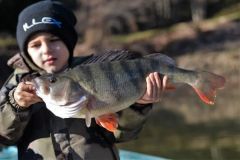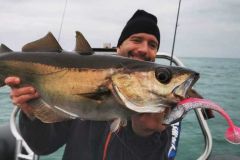Adapting
On your spots, thanks to social networks and the growth of our sport, there are more and more anglers, and the fish seem to have disappeared. Some blame harvesting, pollution or even large predators such as catfish, but often the reason lies elsewhere... Quite simply, as a result of learning and survival instinct, fish know how to identify high-risk contexts and adapt their habits accordingly.
There are no fewer of them, but the periods of activity are shorter, the spots frequented are different and the usual presentations and techniques are considered a risk.
So, to continue to make great fishing trips, you have to adapt and fish differently.
Choosing the right slots and conditions
Faced with fishing pressure, predators will considerably reduce their periods of activity, so as to be vulnerable for shorter periods. Logically, they will choose the best conditions to come to the table. So it's important to fish at the best times on busy fishing spots, as activity can sometimes last only 15 or 30 minutes, but it's then possible to make an extraordinary catch.
So you need to give special attention to :
- The ends of the day
- Cloudy, windy and possibly rainy weather
- The midday hits of winter
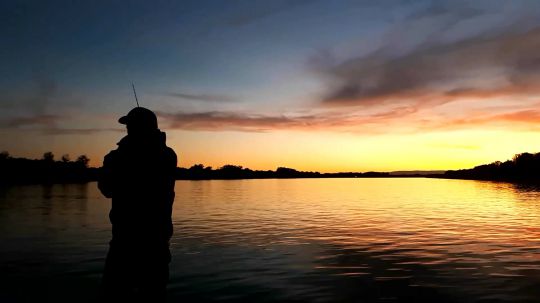
A different approach to the zone
When fish are under constant pressure and disturbed at their usual hunting grounds, they will simply give up and move on to less well-stocked feeding grounds, where they know they can eat and possibly rest in peace.
Sometimes you don't have to look very far; you can choose a stone, a break, a structure located a few dozen meters away, but never exploited by fishermen.
Similarly, it's possible to find them on the same spot, but just a little deeper. For example, in the case of a plateau bordered by a drop-off, in full activity, you may find them on the plateau, but the rest of the time, if they were located on the slope, they are still there, but perhaps 2 or 3 meters lower.
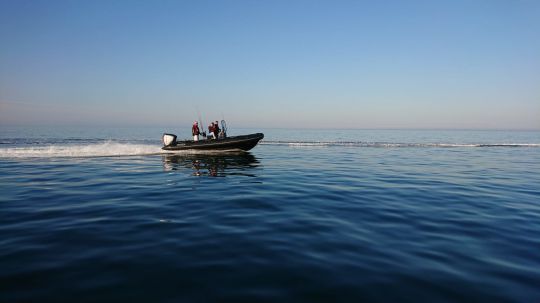
Opt for discretion
On busy spots, fish are very wary and on the lookout. At the slightest warning, they will desert the spot or close their mouths for a long time. So you need to be as discreet as possible in your approach, whether from the shore or from a boat. In this respect, it's important to start your drifts well upstream of the station and then go around it to reposition yourself.
This may involve your attire, the way you move and approach the area set back from the bank, but also the noise you make on the bank. Walk at a leisurely pace and be as discreet as possible.
In the same way, it's essential to take care when casting and setting your lure so as not to scare away any fish present in the area. In the same vein, make your leaders longer and focus on finesse in your choice of braid, rigs and weights.
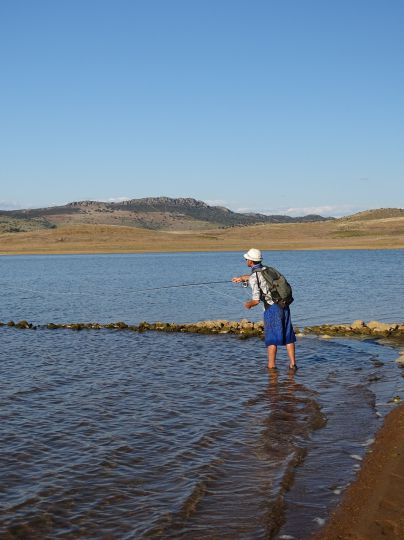
Change your animations
Over time, and even more so with catch and release, fish recognize the usual lures, vibrations and presentations. So you'll have to surprise them and pay particular attention to your animations.
You have two options:
- A presentation as soft and natural as possible to remain in the spirit of discretion. You can then opt for imitative lures, lightly leaded for a gliding effect and the gentlest, lightest animations possible... Much softer than you're used to.
- Conversely, it's also possible to provoke them and propose a heavy, aggressive presentation to trigger an attack reflex.
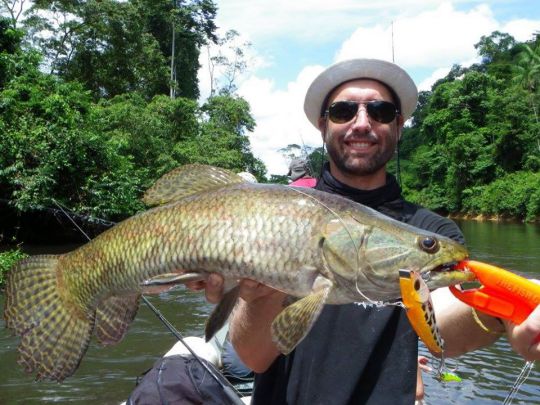
As you can see, when faced with fishing pressure, there's only one possible alternative: to fish differently, whether in terms of timing, space or presentation. It's time to think outside the box, to find less wary fish and offer "new" presentations.

 /
/ 